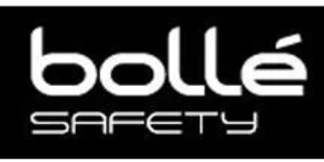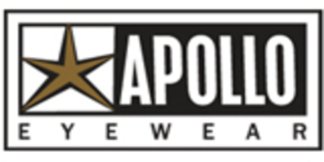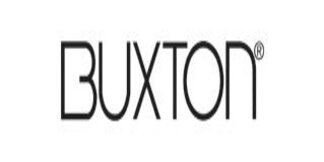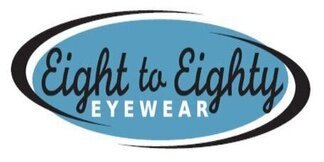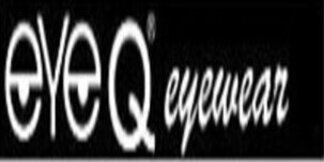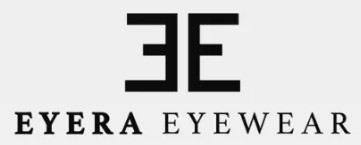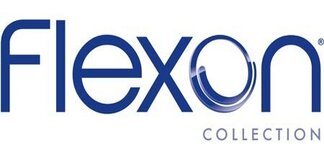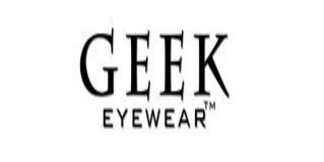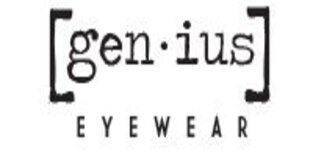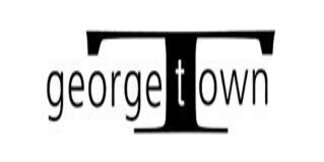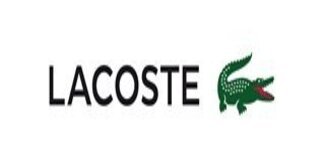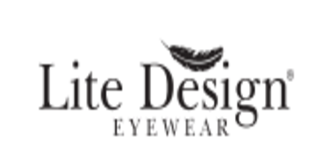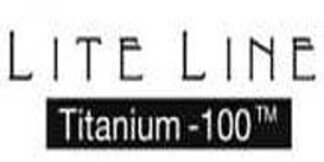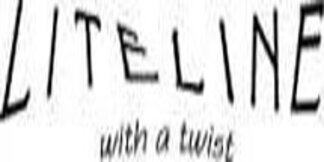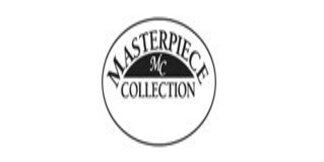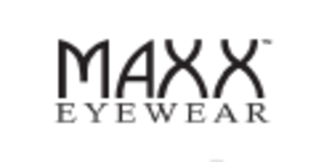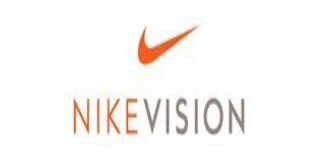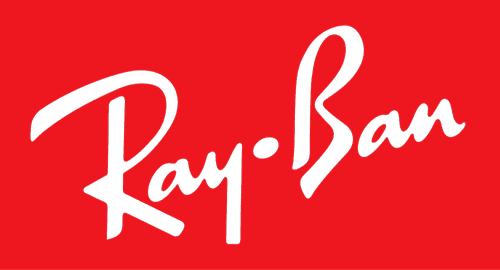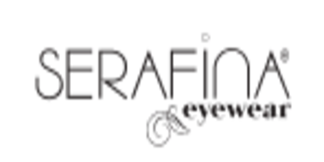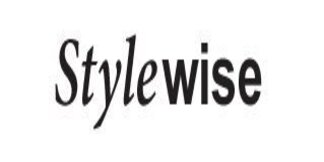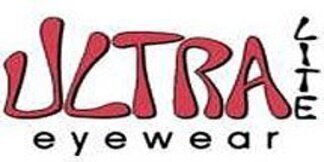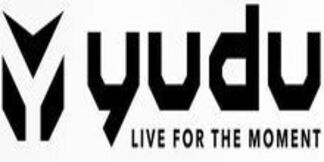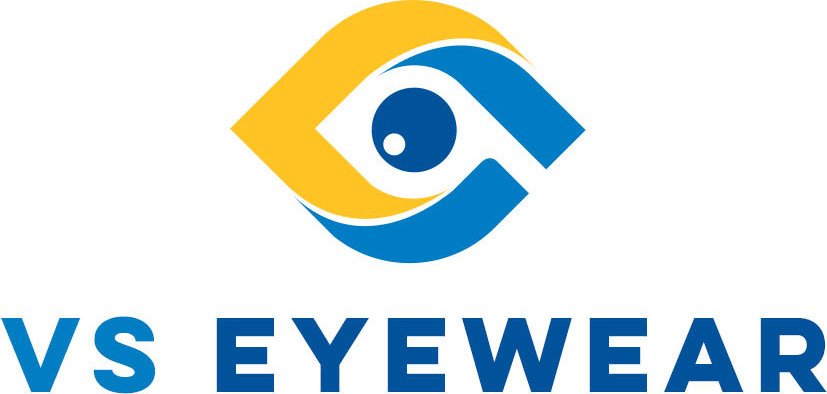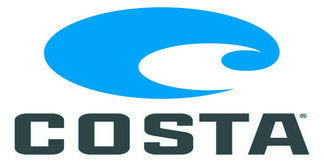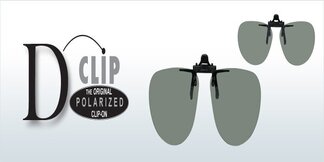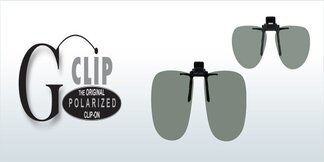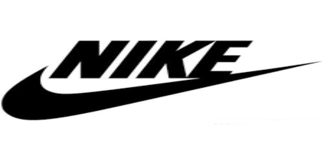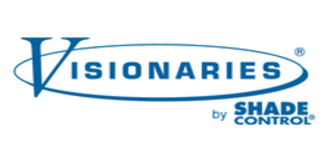High Index Glasses
Here are all the reasons why high index glasses are great:
- Thin profile. High index lenses are thinner than standard lenses, making them more aesthetically pleasing and making your prescription seem weaker than it is. A thinner profile means a weaker prescription in general.
- Lightweight. High index glasses are lightweight because of their thin lens profile.
Less lens material means less weight on your nose all day. - Scratch resistance. High index lenses are denser than standard plastic or polycarbonate lenses, making them more scratch resistant. This is extremely useful for everyday glasses as it increases their lifespan and saves you money on a new pair in the long run.
- Less eye distortion. Many people with strong prescriptions have to deal with the “bug-eyes” or “tiny eyes” distortion that comes from thick lenses. Thick, strong lenses can distort the way your eyes look to others, making them seem smaller or larger than they are. This is embarrassing and unattractive. High index lenses remove much of the eye distortion associated with high prescriptions.
- More prescription options. In curved frames and some frames with special lens pockets, there is a limit to how thick a lens can be. High index lenses allow higher prescriptions to be inserted into many of these frames, broadening your frame options when you’re on the cusp.
Here are all the reasons why high index glasses are great:
- Thin profile. High index lenses are thinner than standard lenses, making them more aesthetically pleasing and making your prescription seem weaker than it is. A thinner profile means a weaker prescription in general.
- Lightweight. High index glasses are lightweight because of their thin lens profile.
Less lens material means less weight on your nose all day. - Scratch resistance. High index lenses are denser than standard plastic or polycarbonate lenses, making them more scratch resistant. This is extremely useful for everyday glasses as it increases their lifespan and saves you money on a new pair in the long run.
- Less eye distortion. Many people with strong prescriptions have to deal with the “bug-eyes” or “tiny eyes” distortion that comes from thick lenses. Thick, strong lenses can distort the way your eyes look to others, making them seem smaller or larger than they are. This is embarrassing and unattractive. High index lenses remove much of the eye distortion associated with high prescriptions.
- More prescription options. In curved frames and some frames with special lens pockets, there is a limit to how thick a lens can be. High index lenses allow higher prescriptions to be inserted into many of these frames, broadening your frame options when you’re on the cusp.
“High index” is essentially describing a lens that is better at bending light (i.e. making a prescription with a thinner lens) than other lenses made of a similar material. Because they are more efficient at bending light, high index lenses require less material than standard index lenses to make a prescription, resulting in a thinner lens.
High index is better because it is thinner, lighter, and more scratch resistant than standard index lenses.
High index lenses are the thinnest, lightest, and most aesthetically pleasing lenses around. They have a much thinner profile, making your prescription look considerably weaker and your lenses less thick and heavy. They are more scratch-proof than other lens materials, and they reduce the eye distortion that strong prescription wearers deal with, which causes their eyes to appear larger or smaller than they are through their prescription lenses.
High index lenses are denser than standard lenses, which has a few negative consequences. High index lenses are more reflective than standard lenses, so they cause glare. This can be easily solved with an anti-reflective coating. High index lenses also cause some aberration, or slight blurring, with very strong prescriptions. This is more noticeable with extremely high indexes, such as high index glass. Most people do not notice aberration with high index plastic.
There are many high index materials available. Your choice should depend upon your budget, the strength of your prescription, and your tolerance for aberration. The higher the index, the more the lenses will cost. The stronger your prescription, the thicker your lens is and therefore the higher your index will need to be to make your lenses not look “strong.” The lower your tolerance for aberration (blurriness), the lower the index you should choose. Most people prefer high index plastic, which has less aberration than glass, and the most popular “middle ground” material is 1.70 High Index Plastic. Your choice of material will also depend upon the lens color you want, as different colors are only available in certain high index materials.
Most people who get high index plastic lenses never go back to standard index lenses. The main attraction of high index for most people is the slim profile that high index lenses offer. If you like the idea of having glasses that make your prescription look much weaker than it is, and if you want glasses that don’t distort your eyes by making them seem smaller or larger than they are, then high index is worth the money.
Yup, just order your lenses on our “Send Us Your Frames” page here.


